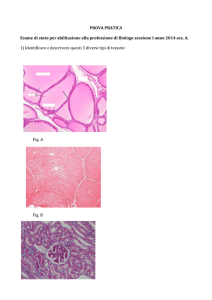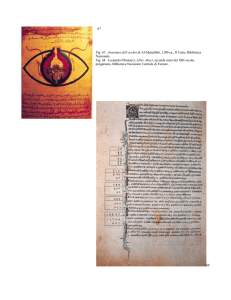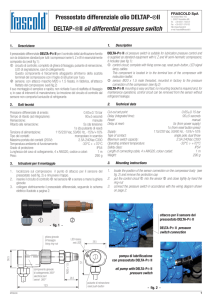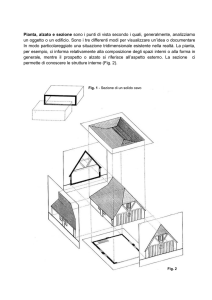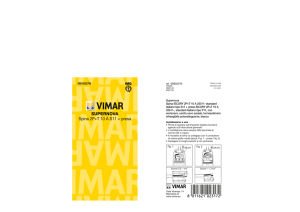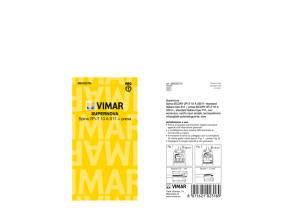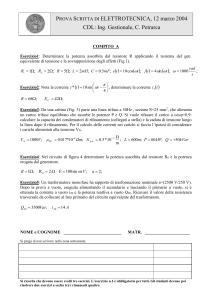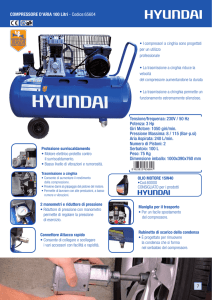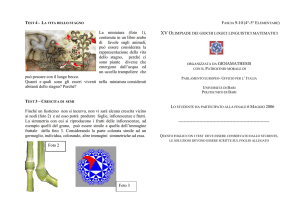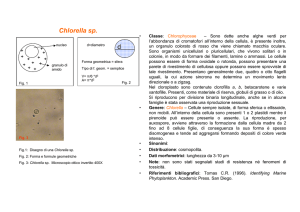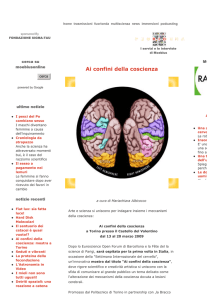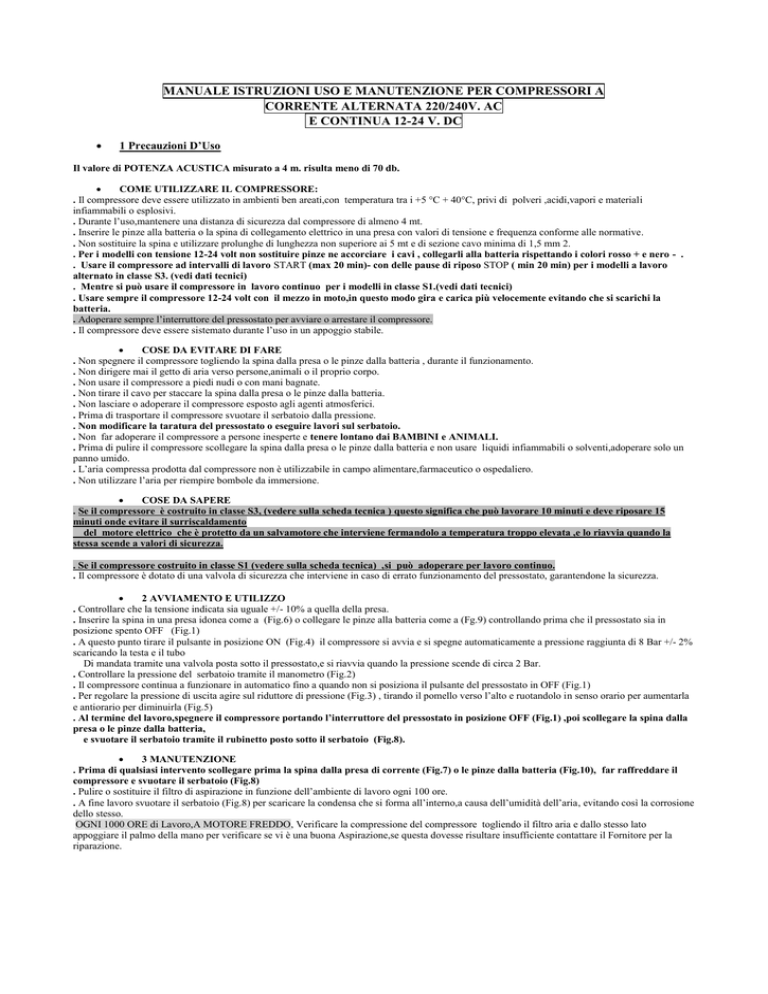
MANUALE ISTRUZIONI USO E MANUTENZIONE PER COMPRESSORI A
CORRENTE ALTERNATA 220/240V. AC
E CONTINUA 12-24 V. DC
1 Precauzioni D’Uso
Il valore di POTENZA ACUSTICA misurato a 4 m. risulta meno di 70 db.
COME UTILIZZARE IL COMPRESSORE:
. Il compressore deve essere utilizzato in ambienti ben areati,con temperatura tra i +5 °C + 40°C, privi di polveri ,acidi,vapori e materiali
infiammabili o esplosivi.
. Durante l’uso,mantenere una distanza di sicurezza dal compressore di almeno 4 mt.
. Inserire le pinze alla batteria o la spina di collegamento elettrico in una presa con valori di tensione e frequenza conforme alle normative.
. Non sostituire la spina e utilizzare prolunghe di lunghezza non superiore ai 5 mt e di sezione cavo minima di 1,5 mm 2.
. Per i modelli con tensione 12-24 volt non sostituire pinze ne accorciare i cavi , collegarli alla batteria rispettando i colori rosso + e nero - .
. Usare il compressore ad intervalli di lavoro START (max 20 min)- con delle pause di riposo STOP ( min 20 min) per i modelli a lavoro
alternato in classe S3. (vedi dati tecnici)
. Mentre si può usare il compressore in lavoro continuo per i modelli in classe S1.(vedi dati tecnici)
. Usare sempre il compressore 12-24 volt con il mezzo in moto,in questo modo gira e carica più velocemente evitando che si scarichi la
batteria.
. Adoperare sempre l’interruttore del pressostato per avviare o arrestare il compressore.
. Il compressore deve essere sistemato durante l’uso in un appoggio stabile.
COSE DA EVITARE DI FARE
. Non spegnere il compressore togliendo la spina dalla presa o le pinze dalla batteria , durante il funzionamento.
. Non dirigere mai il getto di aria verso persone,animali o il proprio corpo.
. Non usare il compressore a piedi nudi o con mani bagnate.
. Non tirare il cavo per staccare la spina dalla presa o le pinze dalla batteria.
. Non lasciare o adoperare il compressore esposto agli agenti atmosferici.
. Prima di trasportare il compressore svuotare il serbatoio dalla pressione.
. Non modificare la taratura del pressostato o eseguire lavori sul serbatoio.
. Non far adoperare il compressore a persone inesperte e tenere lontano dai BAMBINI e ANIMALI.
. Prima di pulire il compressore scollegare la spina dalla presa o le pinze dalla batteria e non usare liquidi infiammabili o solventi,adoperare solo un
panno umido.
. L’aria compressa prodotta dal compressore non è utilizzabile in campo alimentare,farmaceutico o ospedaliero.
. Non utilizzare l’aria per riempire bombole da immersione.
COSE DA SAPERE
. Se il compressore è costruito in classe S3, (vedere sulla scheda tecnica ) questo significa che può lavorare 10 minuti e deve riposare 15
minuti onde evitare il surriscaldamento
del motore elettrico che è protetto da un salvamotore che interviene fermandolo a temperatura troppo elevata ,e lo riavvia quando la
stessa scende a valori di sicurezza.
. Se il compressore costruito in classe S1 (vedere sulla scheda tecnica) ,si può adoperare per lavoro continuo.
. Il compressore è dotato di una valvola di sicurezza che interviene in caso di errato funzionamento del pressostato, garantendone la sicurezza.
2 AVVIAMENTO E UTILIZZO
. Controllare che la tensione indicata sia uguale +/- 10% a quella della presa.
. Inserire la spina in una presa idonea come a (Fig.6) o collegare le pinze alla batteria come a (Fg.9) controllando prima che il pressostato sia in
posizione spento OFF (Fig.1)
. A questo punto tirare il pulsante in posizione ON (Fig.4) il compressore si avvia e si spegne automaticamente a pressione raggiunta di 8 Bar +/- 2%
scaricando la testa e il tubo
Di mandata tramite una valvola posta sotto il pressostato,e si riavvia quando la pressione scende di circa 2 Bar.
. Controllare la pressione del serbatoio tramite il manometro (Fig.2)
. Il compressore continua a funzionare in automatico fino a quando non si posiziona il pulsante del pressostato in OFF (Fig.1)
. Per regolare la pressione di uscita agire sul riduttore di pressione (Fig.3) , tirando il pomello verso l’alto e ruotandolo in senso orario per aumentarla
e antiorario per diminuirla (Fig.5)
. Al termine del lavoro,spegnere il compressore portando l’interruttore del pressostato in posizione OFF (Fig.1) ,poi scollegare la spina dalla
presa o le pinze dalla batteria,
e svuotare il serbatoio tramite il rubinetto posto sotto il serbatoio (Fig.8).
3 MANUTENZIONE
. Prima di qualsiasi intervento scollegare prima la spina dalla presa di corrente (Fig.7) o le pinze dalla batteria (Fig.10), far raffreddare il
compressore e svuotare il serbatoio (Fig.8)
. Pulire o sostituire il filtro di aspirazione in funzione dell’ambiente di lavoro ogni 100 ore.
. A fine lavoro svuotare il serbatoio (Fig.8) per scaricare la condensa che si forma all’interno,a causa dell’umidità dell’aria, evitando così la corrosione
dello stesso.
OGNI 1000 ORE di Lavoro,A MOTORE FREDDO, Verificare la compressione del compressore togliendo il filtro aria e dallo stesso lato
appoggiare il palmo della mano per verificare se vi è una buona Aspirazione,se questa dovesse risultare insufficiente contattare il Fornitore per la
riparazione.
PRESERVE THIS HANDBOOK FOR FUTURE REFERENCE
CURRENT ALTERNATE 220/240V. AC
CURRENT CONTINUE 12-24 V. DC
1 PRECAUTIONS
An ACOUSTIC PRESSURE value of 4 m. corresponds to the ACOUSTIC POWER value stated on the yellow label located on the
compressor, minus 70 Db.
THINGS TO DO
. The compressor must be used in a suitable environment (well ventilated with an ambient temperature of between +5°C and +40°C) and never in
places affected by dust ,acids, vapours , explosive or flammable gases.
. Always maintain a safety distance of at least 4 meters between the compressor and the work area.
. Insert the plug of the electric cable in a socket of suitable shape, voltage and frequency complying with current regulations.
. Don’t change the plug and use extension cables with a maximum length of 5 meters and no shorter than 1,5 or 2 meters
. For the model with 12-24 voltage don’t change the clamps and cables or shorten them. When you attach the clamps to the battery respect
the colours red + and black - .
. For alternate work use model in class S3 , use the compressor for max 20 minutes with the break of min 20 minutes (look technical data)
. For continue work use model in class S1 (look technical data).
. Always use the compressor when the engine is on , in this way the compressor charges quicker and the battery will not discharge.
. Always use the switch of the pressure switch to switch off the compressor.
. When operating, the compressor must be placed on a stable surface.
THINGS NOT TO DO
. Never pull the power cable to disconnect the plug from the socket or to move the compressor.
. Never direct the jet of air towards persons, animals or your body.(Always wear safety goggles to protect your eyes against flying objects that may
be lifted by the jet of air).
. Never use the appliance with bare feet or wet hands or feet.
. Never leave or use the compressor in exposed to adverse weather conditions.
. Before transporting the compressor , empty the air compressor tank.
. Never direct the jet of liquids sprayed by tools connected to the compressor towards the compressor.
. Don’t modify the setting of the bar or on the tank.
. Before cleaning never allow inexpert persons to use the compressor. Keep children and animals at a distance from the work area .
. Never clean the compressor with flammable liquids or solvents. Check that you have unplugged the compressor and clean with a damp cloth
only .
. The compressed air produced by the compressor cannot be used for pharmaceutical ,food or medical purposes .
. Don’t use to fill air bottles of scuba divers .
THINGS YOU SHOULD KNOW
. If the construction of the compressor is class S3 ( which means 10 minutes ON , 15 minutes OFF) In the case of overheating , the thermal
cut out of the motor trips , automatically cutting of the power when the temperature is too high. The motor restarts automatically when
normal temperature conditions are restored .
. If the compressor is class S1 (look technical data) can be used for continue work.
. All the compressors are fitted with a safety valve that is tripped in the case of malfunctioning of the pressure switch in order to assure machine
safety .
2 START-UP AND USE
. Check for correspondence between the compressor plate data with the actual specification of the electrical system. A variation of +/- 10% with
respect of the rated value is allowed.
. Insert the plug of the power cable in a suitable socket (Fig.6)or attach the clamps to the battery (Fig.9), check that the button of the pressure switch
located on the compressor is in the OFF (0) position as (Fig.1)
. At this point pull the button in position ON (Fig.4) the compressor starts and turns off automatically when the pressure has reached 8 Bar +/- 2%
the compressor stops, venting the excess air present in the head and delivery pipe through a valve located under the pressure switch , and will start
when the pressure drops around 2 Bar.
. Check the pressure of the tank on the gauge provided (Fig.2) .
. The compressor continues to operate according to this automatic cycle untill the switch of the pressure switch is turned in OFF (Fig.1)
. To regulate the pressure in exit , pulling up the knob (Fig.3), turning it in a clockwise direction to increase the pressure and in a counterclockwise
direction to
reduce the pressure (Fig.5).
. Once you are the completed your work , turn Off the compressor , check that the button of the pressure switch located on the compressor
is in
the OFF position (Fig.1) , unplug or disconnect clamps from the battery and drain the tank (Fig.8)
3 MAINTENANCE
. Before carrying out any operation, always pull out the plug (Fig.7) or disconnect clamps from the battery (Fig.10) , cool the compressor and
drain
the tank completely (Fig.8).
. Clean or replace the intake filter according to the type of working environment and at least every under 100 hours if necessary.
. End of work drain the condensate that forms inside the tank (Fig.8), due to the humidity in the air . This protects the tank from corrosion and does
not restrict its capacity .
EVERY 1000 HOURS of work, COLD ENGINE, Check the compression of the compressor by removing the air filter on the same side and place the
palm of your hand to see if there is a good aspiration, if this should be enough to contact the manufacturer for repair.

